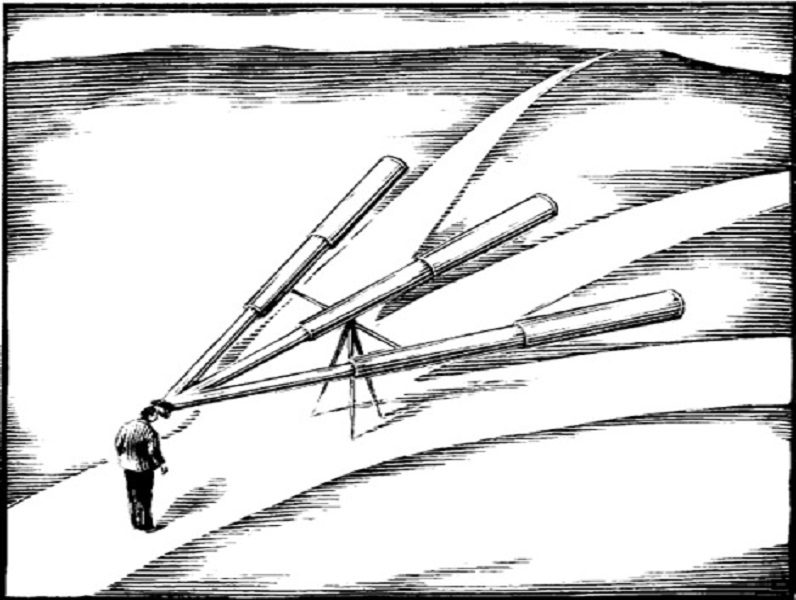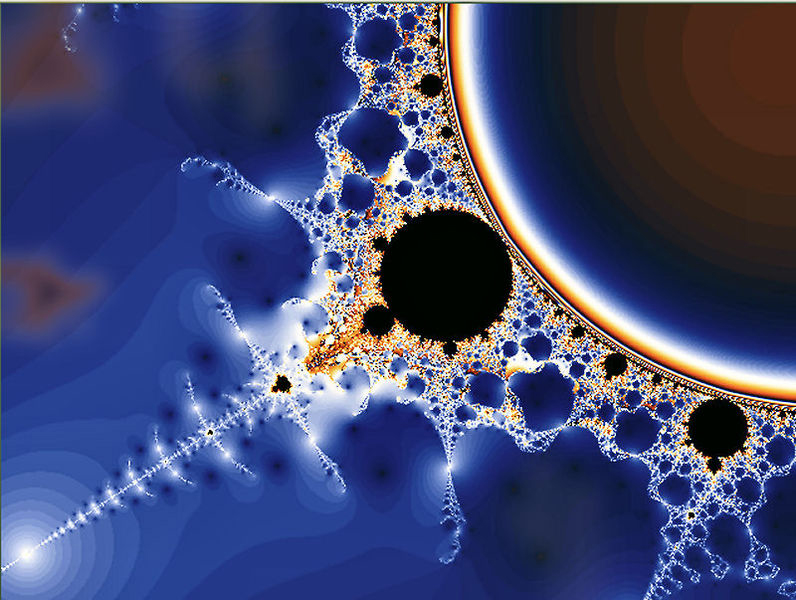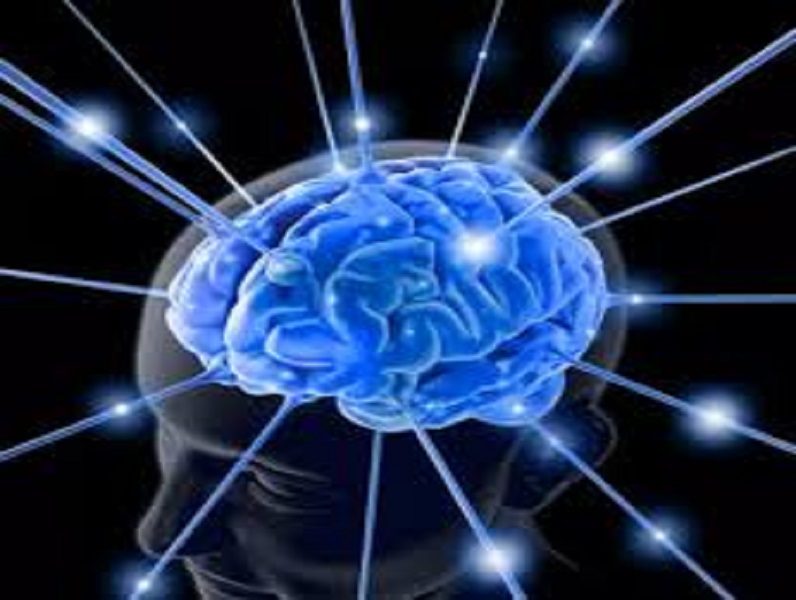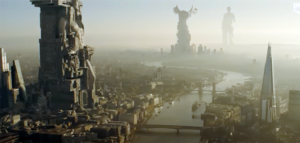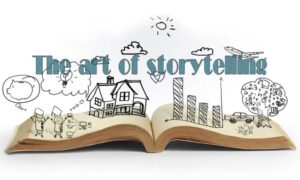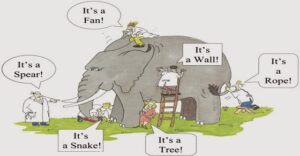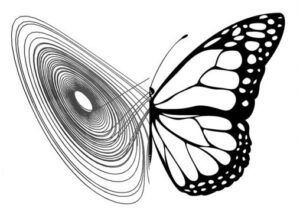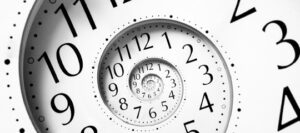Why Extended Nows?
Explaining the concept of “Extended Now” is a difficult and complex task. But I will try to explain in a simpler and more understandable way. In my view, the concept of the ” Extended Now ” is one of the fundamental concepts at the point of overlap of my three areas of interest: futures studies, cognitive science, and the sciences of complexity and chaos. Futures Studies is, in fact, phenomenology in the context of time. Although this definition seems very precise at first glance, but with questions like, to what extend of time we can call it now (the present)? When does the present end and the future begin? There are many ambiguities. These questions do not have the correct answer, which are always correct and unique. For one person, “now” may be equal to one second or one minute; for one project, it may be equal to one day or one month; for a radioactive element, “now” could be 250 years, and for a galaxy, millions of years. If we consider a galaxy 2.5 million light-years away and the galaxy itself is 200,000 light-years in diameter; Then when you look at this galaxy, you see the light emitted from the far and distant edge of the galaxy 2.5 million years ago at the same time as the light emitted from the nearest edge of the galaxy 2.3 million years ago. In other words, you see the future and the past of the galaxy in one (now). The present, which includes the past and the future, is called “Extended Now. As you study the future, you identify and examine the past of a subject and move toward identifying and understanding the future of that subject. In fact, you are in a present where you have dimensions of the past and future of that subject in your mind. In other words, you are in a “Extended Now.”
Futures Studies is a kind of creation and experience of a “Extended Now”. The German philosopher Edmund Husserl believes that “now is, in fact, the duration of perception for each individual in the context of the subject.” Maturana (one of the famous futurists) believes that “we live in a continuous and uninterrupted “now” and we have invented the past and the future in order to give credibility and meaning to the now; The reason is that we humans are creatures of language and speech.”In this approach, the “extended now” enters the field of cognitive science. In the definition of the cognitive sciences, the “now” is nothing but the content of the mind at that moment. Now, if the content of the mind at a given moment also includes elements of the past and the future, then we are dealing with an extended now. It is clear to everyone that there is neither a future nor a past. Everything that is emerges and arrives in a moment. Everyone only understands some series of the present continuously. Although on a very large scale, the moments that arise and disappear seem to be one, each person’s experience from now is unique to that person. And because people’s experienced pasts are different and different futures are part of their expectations, we are dealing with “Extended Nows” rather than a now. In this view, the extended nows is a mental (internal) phenomenon. As it has been said, the present always has dimensions of the past (memories and experiences) and the future (expectations, dreams, etc.). Therefore, “nows” are complex multidimensional system. We should never consider the “nows” as static moments, but as dynamic systems that have different dimensions and are constantly moving. All of these “nows” are flowing in a bed like a river, which is in fact the dimension of the eternity of time. That means, every now, in addition to the dimensions of the past, the future, space-time, and the interaction of all of those, has an eternal dimension. This dimension of eternity; It is the inherent timeless pattern in which the sequence of phenomena occurs. “Extended Nows” are also in the context of this pattern of inherent timelessness. For all that, the “Extended Nows” is a very complex system with numerous interactions, in which there are different pasts, presents, and futures (multiple realities).In this site, my goal is to explain these many facts (different futures and pasts) and expand the present. In the way of life, we all move, there are extended nows that can include shared experiences, synergies, collective perceptions, collective learning, and shared aspirations and expectations for all of us. If we all (or a large part of us) create vast, common, similar “Extended Nows”, we have in fact acquired the ability to shape phenomena over time, and we can shape and build the future, which is the hidden part of those extended nows.

 فارسی
فارسی
